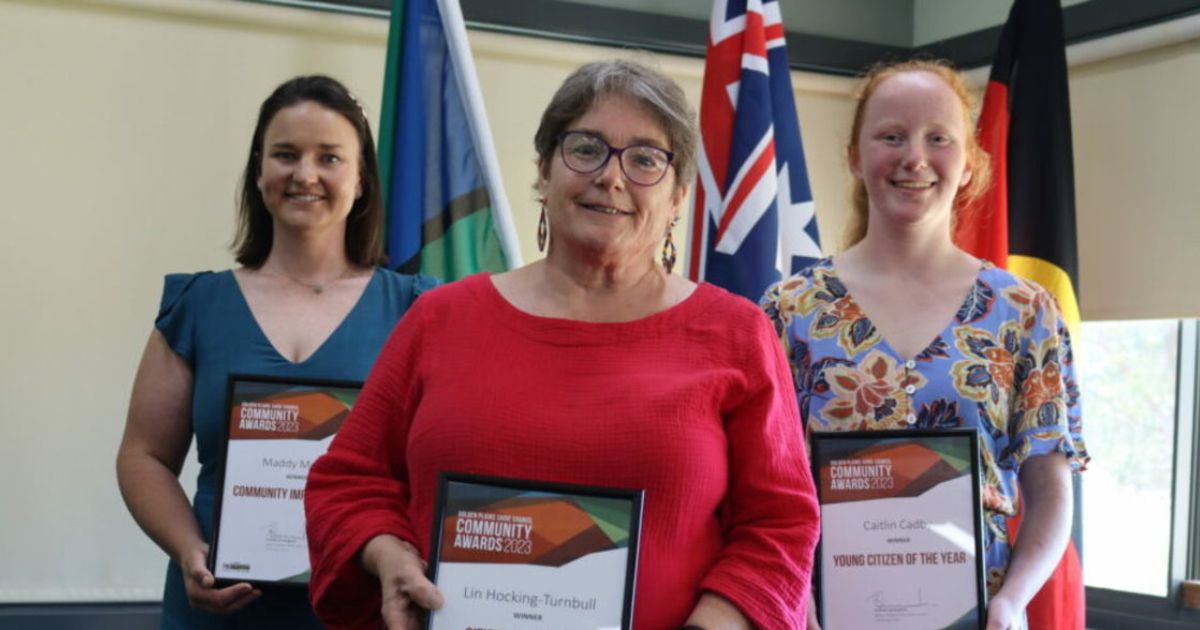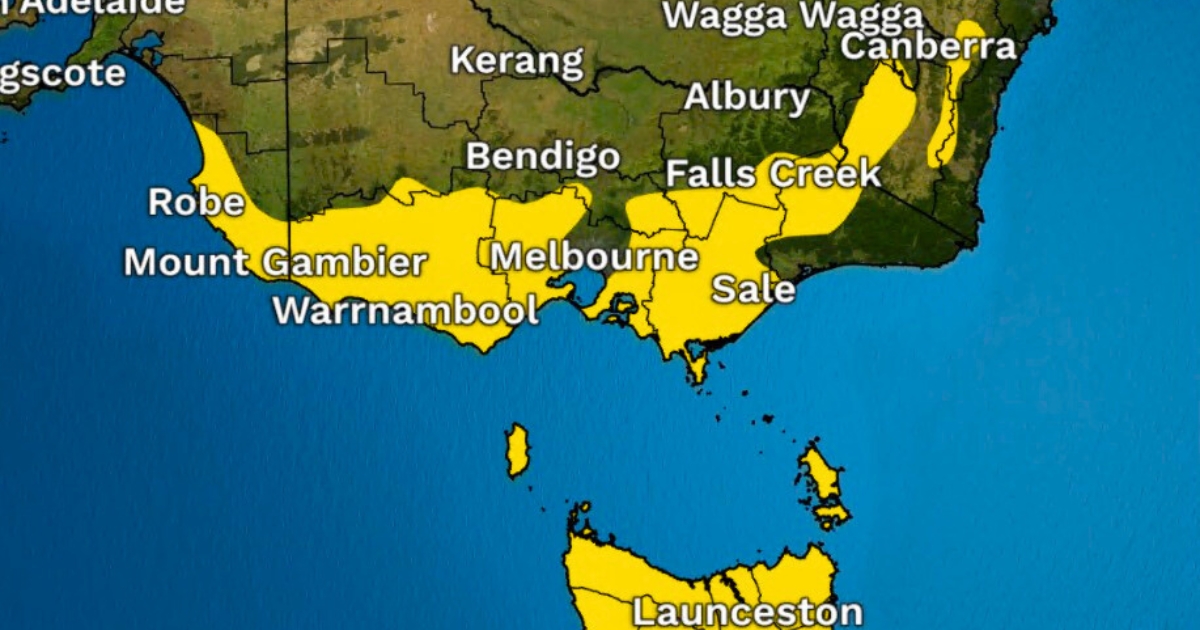New energy – path chartered towards lower regional emissions
AFTER twelve months work the Grampians New Energy Taskforce has released its vision for drastically reduced greenhouse gases in Western Victoria.
Titled the Roadmap to Zero Emissions for the Grampians Region, the document charts a way forward for all types energy users to reduce the collective carbon footprint, something that many groups were having trouble doing alone.
“We were seeing right across the Grampians that individual councils, businesses and even at the community at large weren’t able to come up with a strategy to work together,” said Stuart Benjamin, GNET chair.
“We had multiple communities and stakeholders that wanted to make a contribution to going to zero carbon and emissions, but it was very hard to act unilaterally.

“They can now use the principals and the pathways that are laid out in the roadmap to guide their investment choices and the work they might want to do to achieve zero carbon.”
Across five key areas of action that the document calls domains – energy, buildings, industry, transport and land (subdivided into agriculture and waste) – the roadmap outlines three ways forward.
We could do not a lot – known as business as usual in the document, then there’s a local action approach, and also a wider collaborative action pathway, have varying level of outcome and in some cases they predicts emissions reduced well below current levels.
“The last thing we wanted to do was come out with a document that felt like it was draconian and was dictating what communities or sectors had to do,” Mr Benjamin said.
“It’s a bit of a hard concept to understand. How do you go beyond zero carbon? But effectively we are taking in more carbon than we’re producing, and it allows us to offset that for other industries.”
Mr Benjamin said then when taken as a whole, the plan could produce results that spanned industries and communities, thereby creating a chance for emitters to support each other in reducing carbon footprints.
“What’s really interesting is the opportunity this roadmap has uncovered in the agricultural sector,” he said.
“That sector is by far the largest emitter but also has the largest capacity to turn around that position and in fact help other sectors, that even with the best interventions are unlikely to be unable to get to zero carbon in the timeframe we’re talking about.”
The roadmap is the product of a GNET and made up with input from all levels of government as well as other stakeholders like the Committee for Ballarat.
CEO Mr Michael Poulton said the plan was an all-encompassing document that could be used at all levels to reduce greenhouse gas emissions.
“The roadmap demonstrates how everyone, and every sector has a part to play in the Grampians region reaching or indeed going beyond its target by 2050,” he said.
“It’s also very clear in acknowledging how even the smallest of behaviour changes will help to get there sooner. Working together to share learnings and insights with local community and industry representatives as well as with our regional colleagues, will bring us closer to a carbon neutral future.”
The Roadmap to Zero Emissions for the Grampians Region has the backing of the State government and the approach is being used in other parts of Victoria.
To see a copy of the document visit gnet.org.au.



















